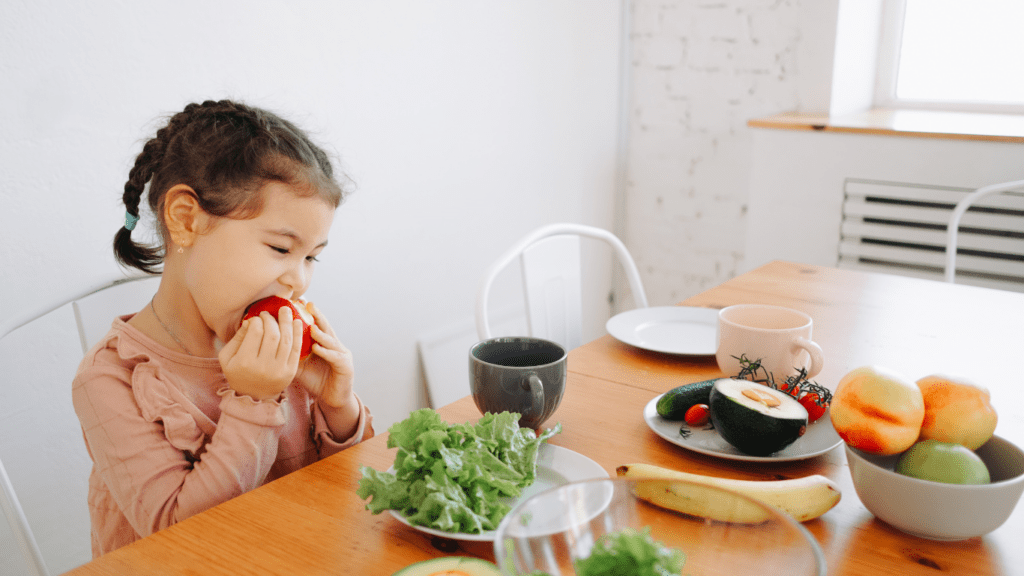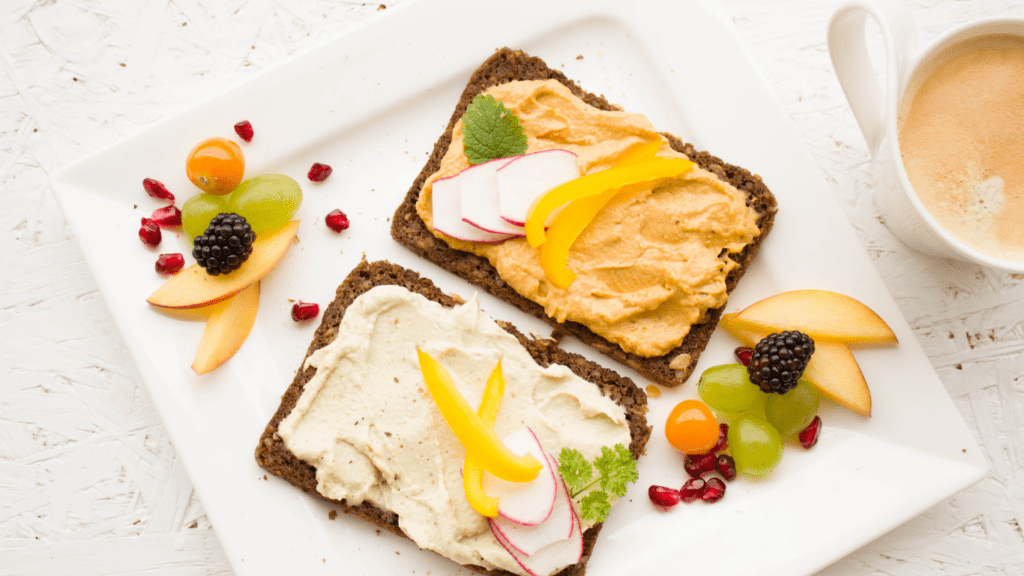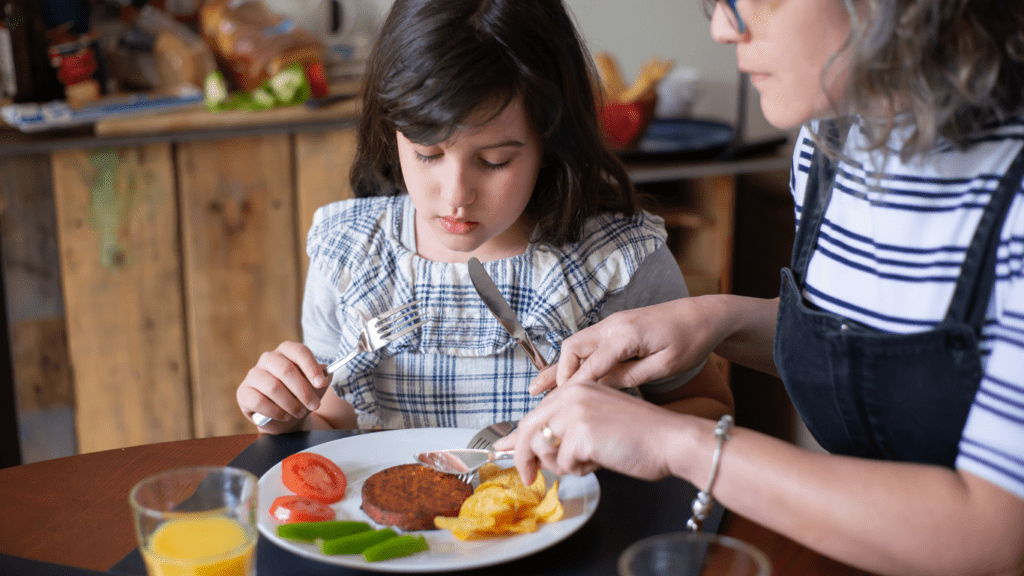Understanding Food Allergies in Children
Understanding food allergies is crucial for ensuring children’s safety and well-being. Parents need to recognize the types of common food allergies and the signs and symptoms to watch for.
Types of Common Food Allergies
Children often experience allergies to certain foods, making it essential to identify these allergens early. Common food allergens include:
- Milk: Many children have an allergy to cow’s milk protein.
- Eggs: Egg whites cause more allergic reactions than yolks.
- Peanuts: Peanut allergies can cause severe, life-threatening reactions.
- Tree Nuts: Allergens like almonds, walnuts, and cashews fall in this category.
- Soy: Found in many processed foods, soy can trigger allergies.
- Wheat: A common allergen, especially in baked goods.
- Fish: Allergies to fish like salmon and tuna.
- Shellfish: Includes shrimp, crab, and lobster.
- Skin Reactions: Hives, eczema, or redness after eating.
- Digestive Issues: Vomiting, diarrhea, or stomach pain.
- Respiratory Problems: Sneezing, coughing, or wheezing.
- Swelling: Especially around the lips, tongue, or throat.
- Anaphylaxis: Severe reactions requiring immediate medical attention, such as throat tightening or difficulty breathing.
Safe Eating Environments for Children with Allergies

Ensuring a safe eating environment for a child with food allergies involves creating specific allergy-safe zones and managing allergies in various settings outside the home. Here’s how to do so effectively.
Tips for Creating Allergy-Safe Zones at Home
Designate specific areas in the kitchen to prepare allergy-free meals. Use separate utensils and cookware to avoid cross-contamination. Regularly clean surfaces and tools with allergen-free cleaning agents.
Store allergen-free foods separately from regular groceries and label them clearly. Educate all family members about the importance of these practices and check for allergen labels on all food products.
Managing Allergies in School and Social Settings
Inform school staff, teachers, and administrators about your child’s allergies. Provide an emergency action plan, including a list of allergens and necessary medications like epinephrine auto-injectors.
Discuss safe lunch options with cafeteria staff and supply allergy-free snacks for school events. Educate your child about their allergies and safe eating practices. Communicate with other parents ahead of playdates and parties to ensure allergen-free foods and environments.
Nutritional Planning for Children with Food Allergies
Ensuring children get the nutrients they need is vital, especially when managing food allergies. This section provides strategies for meeting nutritional needs while avoiding allergens.
Essential Nutrients and Alternative Sources
Children with food allergies must get essential nutrients from safe sources. Key nutrients often come from common allergens, so finding alternatives is crucial.
- Protein: Replace cow’s milk with soy milk, almond milk, or pea protein milk. Instead of eggs, use tofu, chia seeds, or flaxseed.
- Calcium: Use fortified plant-based milks or calcium-set tofu. Leafy greens like kale and broccoli are great options too.
- Iron: Opt for lentils, chickpeas, quinoa, and fortified cereals. Pumpkin seeds and dark leafy greens also provide iron.
- Vitamin D: Select fortified plant milks or juices. Spending time outdoors helps as well.
- Omega-3 Fatty Acids: Incorporate flaxseed oil, chia seeds, or hemp seeds. Walnuts also provide omega-3s.
- Fiber: Ensure kids eat fruits, vegetables, whole grains, and legumes. Oats and berries offer excellent fiber content.
Sample Allergy-Friendly Meal Plans
Creating allergy-friendly, nutritious meals can be straightforward. Here are sample meal plans to keep children healthy and safe.
Breakfast:
- Oatmeal with almond milk, topped with berries and chia seeds.
- Smoothie with spinach, banana, and fortified soy milk.
Lunch:
- Quinoa Salad with chickpeas, cucumbers, and cherry tomatoes.
- Rice Noodles with vegetables and tofu.
Snack:
- Apple Slices with sunflower seed butter.
- Veggie Sticks with hummus.
Dinner:
- Stir-Fry with broccoli, bell peppers, and broccoli over brown rice.
- Lentil Soup with carrots, celery, and spinach.
Dessert:
- Fruit Salad with a mix of seasonal fruits.
- Chia Pudding made with coconut milk.
These meal plans ensure children receive balanced nutrition while avoiding allergens.
Coping Strategies and Emotional Support
Navigating food allergies in children involves more than just avoiding allergens—it’s equally important to support their emotional and psychological well-being. Here are effective strategies to help.
Educating Children about Their Allergies
Children need to understand their food allergies to stay safe. Begin by explaining what food allergies are using simple, age-appropriate language.
Break down the concept of allergens, like peanuts, dairy, or gluten, and explain how these can cause harmful reactions. Use relatable examples and visual aids to reinforce the information.
Teach children to recognize common symptoms of an allergic reaction, such as hives or swelling, so they can identify when they’re experiencing one. Empower them to speak up about their allergies in social settings.
Role-playing different scenarios, like telling a teacher or a friend’s parent about their allergies, can boost their confidence.
Consider using books and educational videos designed for children with food allergies. These resources can make learning more engaging and impactful. Reiterate the importance of reading food labels and only eating foods that you’ve confirmed as safe.
Supporting Emotional Well-being
Managing food allergies can affect a child’s emotional health. Address these concerns by fostering an open dialogue about their feelings regarding their allergies and any anxieties they may have. Acknowledge their fears and empathize with their experiences.
Encourage participation in allergy support groups where children can connect with peers facing similar challenges. These groups can provide a sense of community and reduce feelings of isolation.
Online forums can also be a valuable resource if in-person meetings aren’t available.
Be proactive in boosting your child’s self-esteem. Emphasize their strengths and the things they excel at beyond their allergies. Celebrating non-food-related achievements can help shift focus away from their dietary restrictions.
Involving a mental health professional can be beneficial if you notice signs of stress or anxiety. Professionals can offer coping strategies tailored to living with food allergies.
By combining education with emotional support, children with food allergies can navigate their dietary restrictions confidently and maintain a positive self-image.

 Hazeliin Davidsoninn, the founder of Toddler Health Roll, is an insightful article writer with a passion for children's health and well-being. Her writing reflects a deep understanding of the challenges parents face when raising toddlers, offering practical advice grounded in the latest pediatric research. With a keen eye for detail and a compassionate approach, Hazeliin's articles provide parents with the tools they need to nurture their children's physical, mental, and emotional health.
Beyond her expertise in child health, Hazeliin's writing also delves into the complexities of toddler nutrition, travel with young children, and effective parenting strategies. Her dedication to sharing valuable knowledge with her readers has made Toddler Health Roll a trusted resource for parents seeking guidance on raising happy, healthy toddlers.
Hazeliin Davidsoninn, the founder of Toddler Health Roll, is an insightful article writer with a passion for children's health and well-being. Her writing reflects a deep understanding of the challenges parents face when raising toddlers, offering practical advice grounded in the latest pediatric research. With a keen eye for detail and a compassionate approach, Hazeliin's articles provide parents with the tools they need to nurture their children's physical, mental, and emotional health.
Beyond her expertise in child health, Hazeliin's writing also delves into the complexities of toddler nutrition, travel with young children, and effective parenting strategies. Her dedication to sharing valuable knowledge with her readers has made Toddler Health Roll a trusted resource for parents seeking guidance on raising happy, healthy toddlers.
